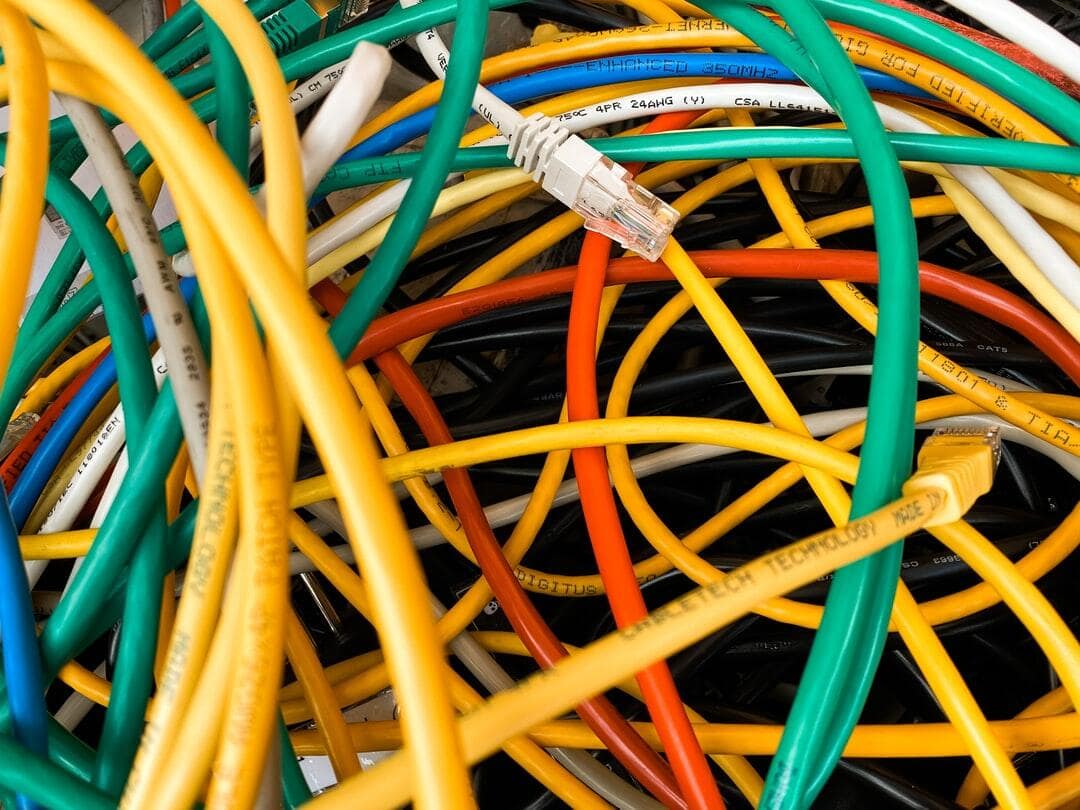You want your home to be a hub of efficiency and comfort. In other words, you want it to be full of integrated smart home technology. But how can you prepare your house for this kind of upgrade?
The answer is with smart home wiring.
Today we’re taking a look at the essential steps and considerations for seamlessly adopting smart home technology, ensuring your dwelling not only meets today’s standards but is also prepared for future innovations.
Understanding Smart Home Technology
Smart home technology turns ordinary houses into interactive spaces that can make daily tasks easier. At its core, smart home wiring involves setting up a network of devices that can communicate with each other.
These devices control lighting, heating, security systems, and more. And they’re all aimed at enhancing your living experience.
One of the key benefits of upgrading to a smart home is the increased comfort and convenience it offers. Imagine being able to adjust your home’s temperature or security settings directly from your smartphone, even when you’re not there. Smart homes can also help you save on energy bills by more efficiently managing resources.
Assessing Your Current Electrical System
Before diving into smart home wiring, it’s important to look at the current state of your home’s electrical system. Older homes might not have the wiring that meets the demands of modern technology.
This is where a good evaluation comes into play. Checking your home’s wiring can help you understand what needs to be upgraded.
For homes built decades ago, the electrical systems might need significant changes to support new technology safely. This includes making sure that your wiring can handle increased electrical loads without risking safety.
Upgrading might involve replacing old wires or adding new circuits. These steps ensure that your smart devices will work reliably and efficiently.
Taking the time to properly assess and upgrade your electrical system sets a solid foundation for any smart home improvements. This process isn’t just about making your home smarter. It’s about making it safer and more efficient.
Planning for Smart Home Wiring
When you decide to upgrade to smart home technology, planning is important. You need to think about where your smart devices will go and how they will connect. Each device, from thermostats to security cameras, needs to be thoughtfully placed for best performance.
Choosing the right type of wiring is also a big part of your smart home setup. Low-voltage wiring and data cables are typically required. These are different from standard electrical wiring because they carry information, not just power.
Low-voltage wiring is safer to install and consumes less power, which makes it ideal for smart home devices.
Safety is another important aspect. All electrical installations must follow specific standards and codes to ensure everything is safe and up to date. This means working with a qualified electrician who knows how to install smart home systems according to these standards.
Taking these steps not only prepares your home for smart technology but also ensures that everything works smoothly and safely. With careful planning, the installation process will go more smoothly, and you’ll be on your way to enjoying a fully integrated smart home.
Installation Preparations
Getting ready to install smart home wiring involves gathering the right tools and materials. You’ll need different types of screwdrivers, wire strippers, drills, and perhaps a ladder.
Materials may include specific types of wires, connectors, and mounting hardware. Having everything on hand before you start can save time and prevent interruptions.
When deciding whether to install your smart home system yourself or hire a professional, consider a few factors. A professional installer has the expertise to handle complex setups and ensure everything is up to code. They can foresee issues and solve them quickly.
But if you have some experience with home improvement projects, you might choose to do it yourself. This can save money and give you more control over the installation process.
Whichever option you choose, understanding the steps involved and preparing accordingly is key to a successful setup. Make sure you have clear instructions and support. This could be from manuals, online tutorials, or a professional’s advice.
This careful preparation leads to a smoother installation and helps avoid common mistakes that could delay or disrupt your smart home integration.
Integration with Other Home Systems
Integrating smart home technology requires making sure new devices work well with your existing home systems. This can involve checking that your current HVAC, lighting, and security systems can communicate effectively with new smart devices.
For example, if you install a smart thermostat, it needs to be compatible with your home’s furnace and air conditioning units.
Future-proofing your home is also essential when installing smart technology. This means choosing systems and devices that are flexible and can be updated as technology advances.
Opt for devices that offer software updates and can connect with various platforms. This helps ensure that your smart home remains functional and up-to-date for years to come.
Regulatory and Compliance Issues
When upgrading your home with smart technology, it’s important to understand local building codes and standards. These regulations are in place to ensure that all electrical installations are safe and effective. Not following these rules can lead to safety hazards and even legal problems down the road.
Before starting any installation, check if you need permits. In many areas, changing your home’s electrical system requires a permit from local authorities. This often involves an inspection to make sure the work meets all safety standards.
And working with a licensed electrician can help navigate these regulations. They are familiar with the local codes and can ensure that your smart home setup complies with all legal requirements. This not only protects you legally but also ensures that your smart home technology functions safely and effectively.
Upgrading Your Home!
Preparing your home for smart home wiring is a strategic process that enhances comfort and efficiency.
At Briggs A/V Solutions, we provide technology integration services to both commercial and high-end residential customers. We install a wide range of projects from security cameras to home automation, network cabling, video walls, conference rooms, lighting control, theater rooms, and more.
Get in touch today to find out how we can help you!






